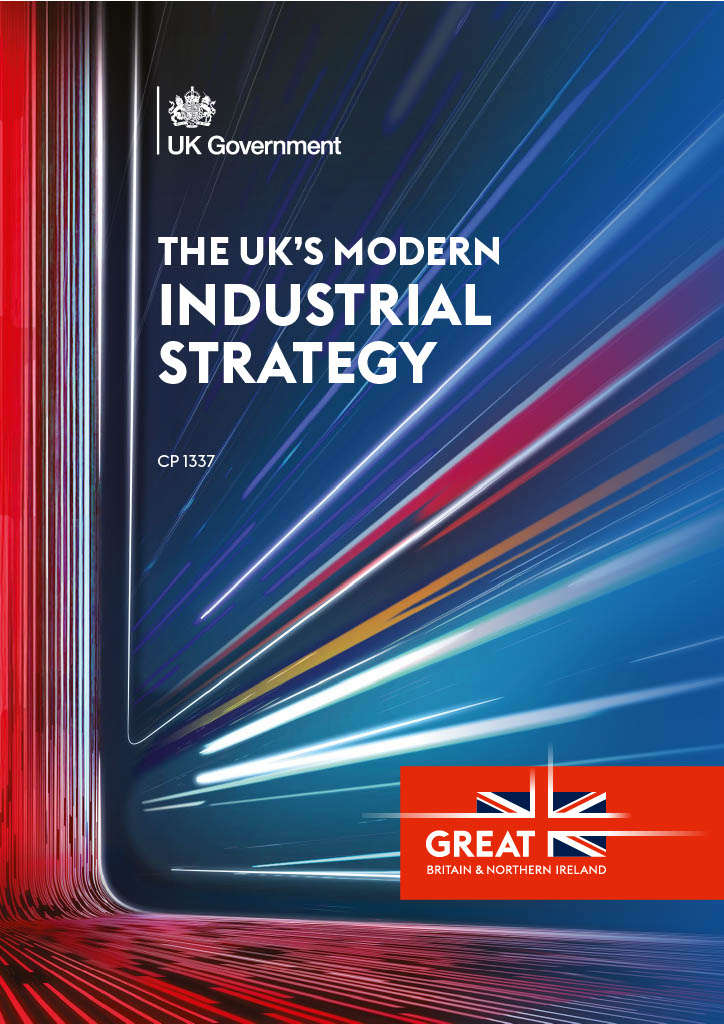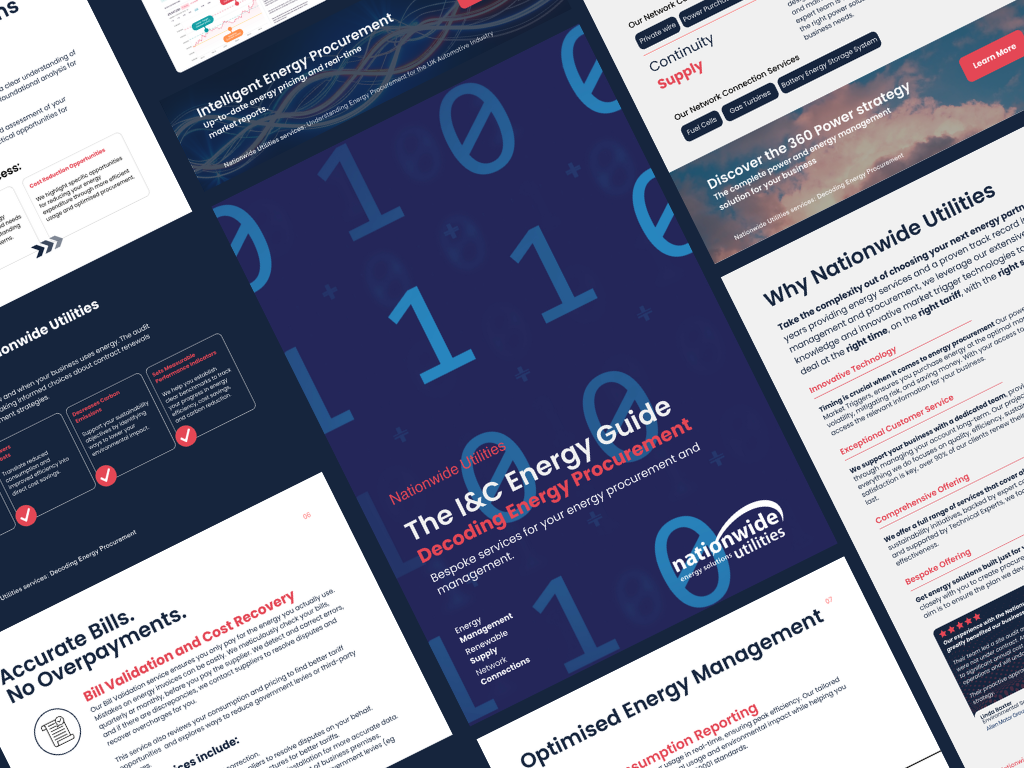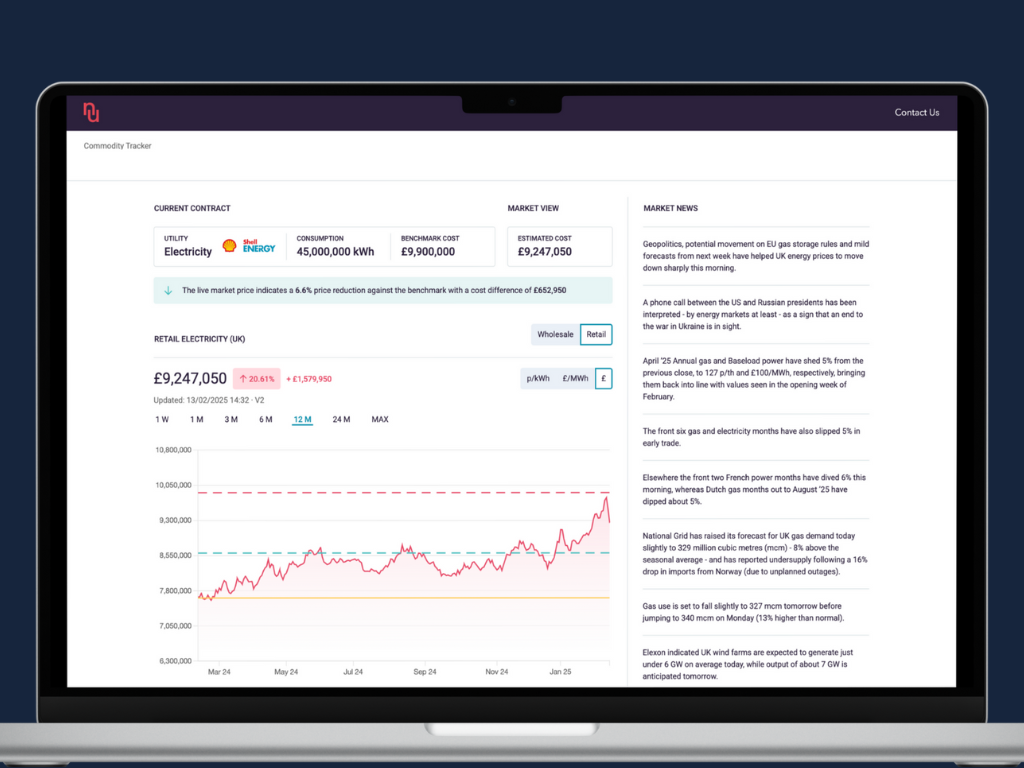The overall sentiment toward UK industrial output is decidedly negative. Most sectors trend steadily below their 2019 baseline, and by the provisional 2024 data very few have regained to pre-pandemic levels.
Automotive shows a brief rebound in 2023-24, but widespread declines across Chemicals, Steel, Glass & Ceramics, Paper, and Packaging point to persistent headwinds rather than a short-lived dip, leaving observers with a clear sense of concern about the sector’s near-term prospects.
Something has to change. This new policy could be it.


.png)
.png)


